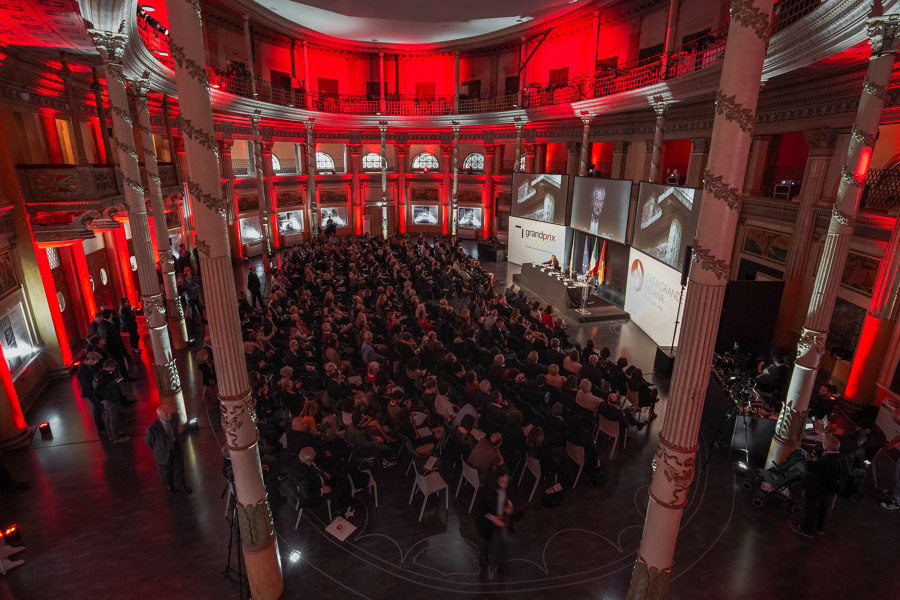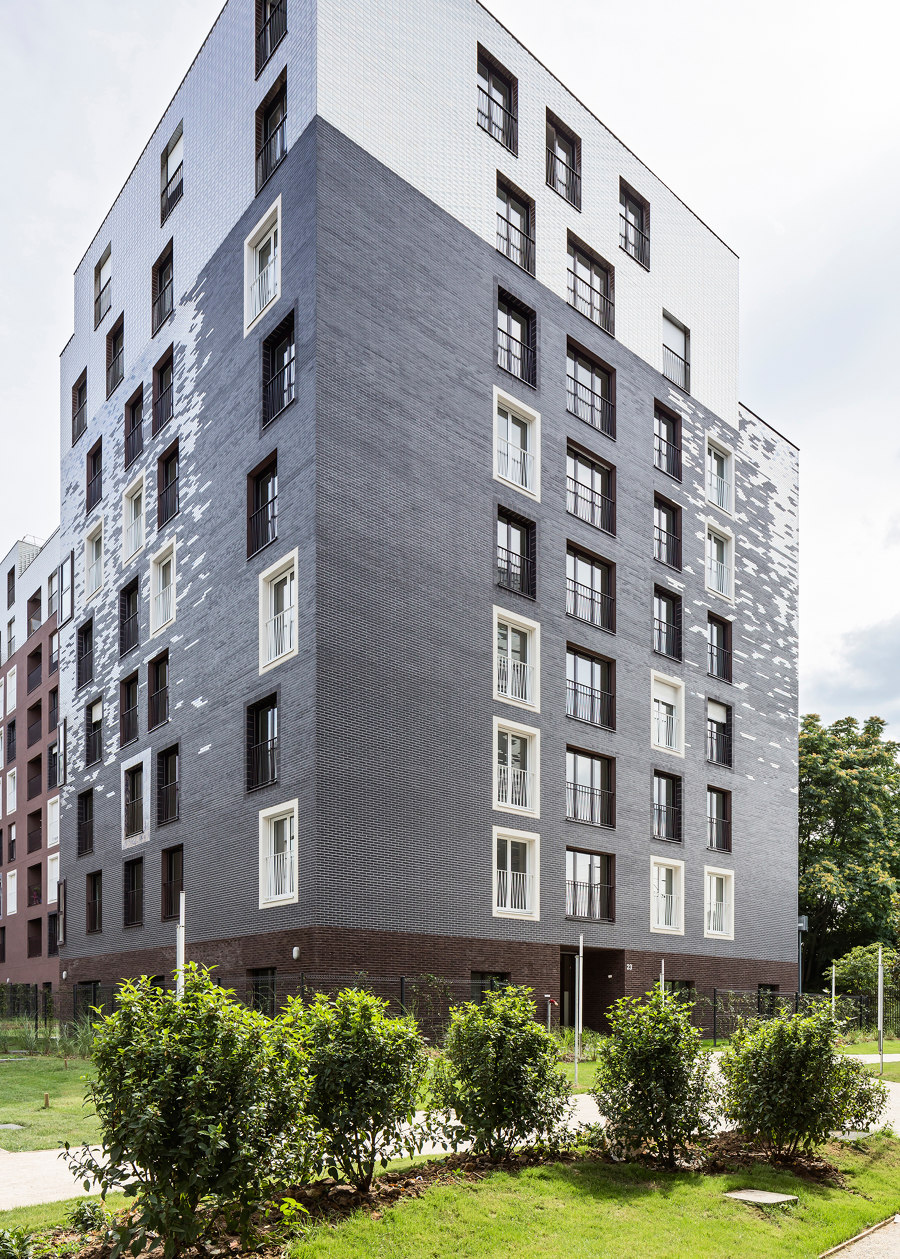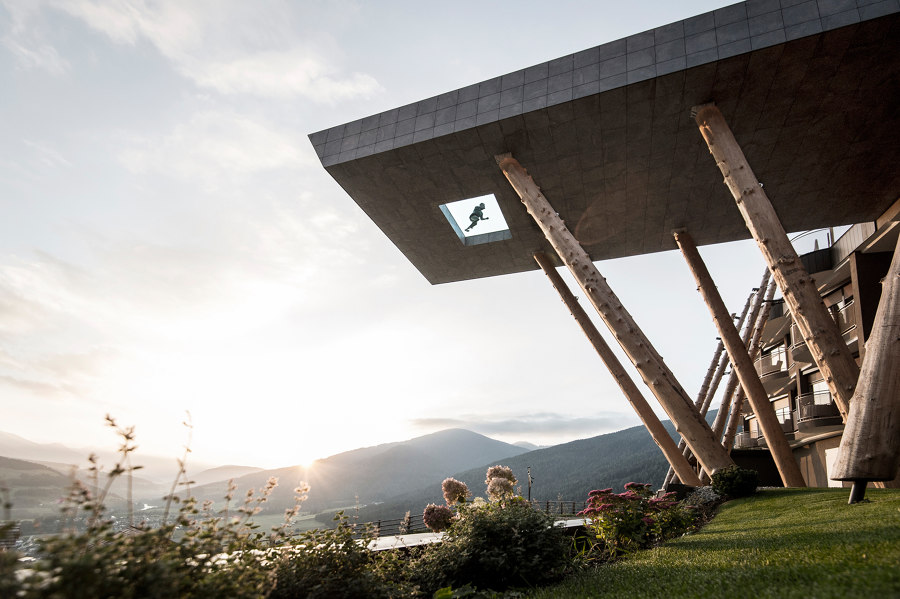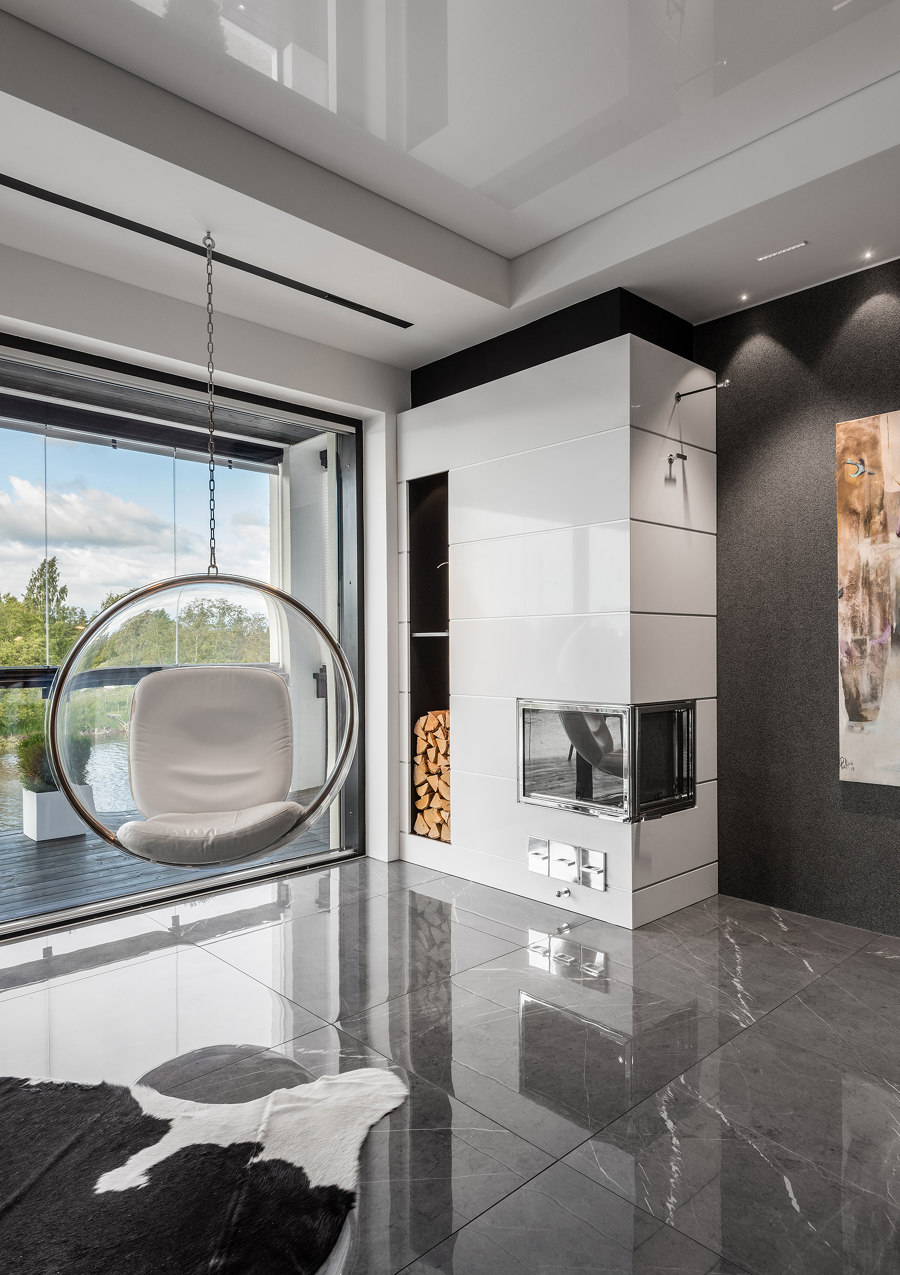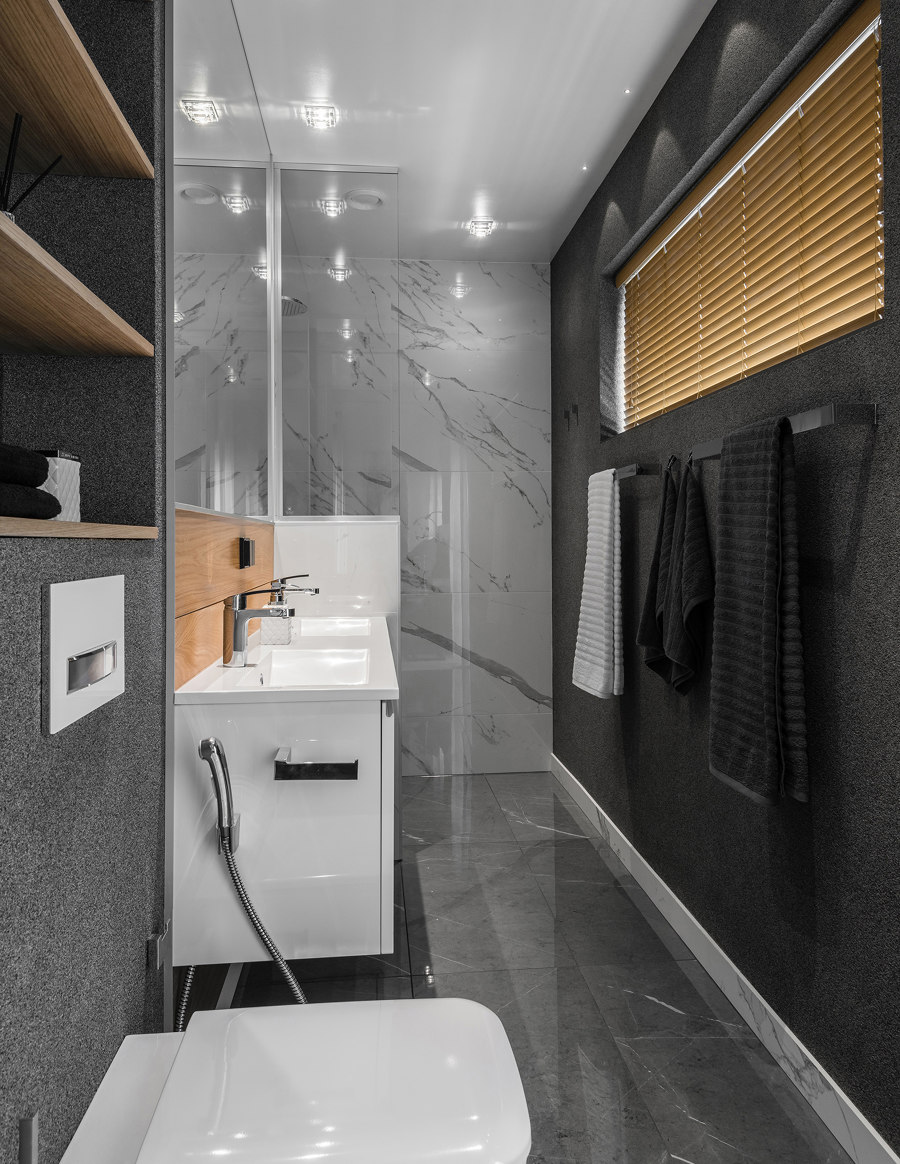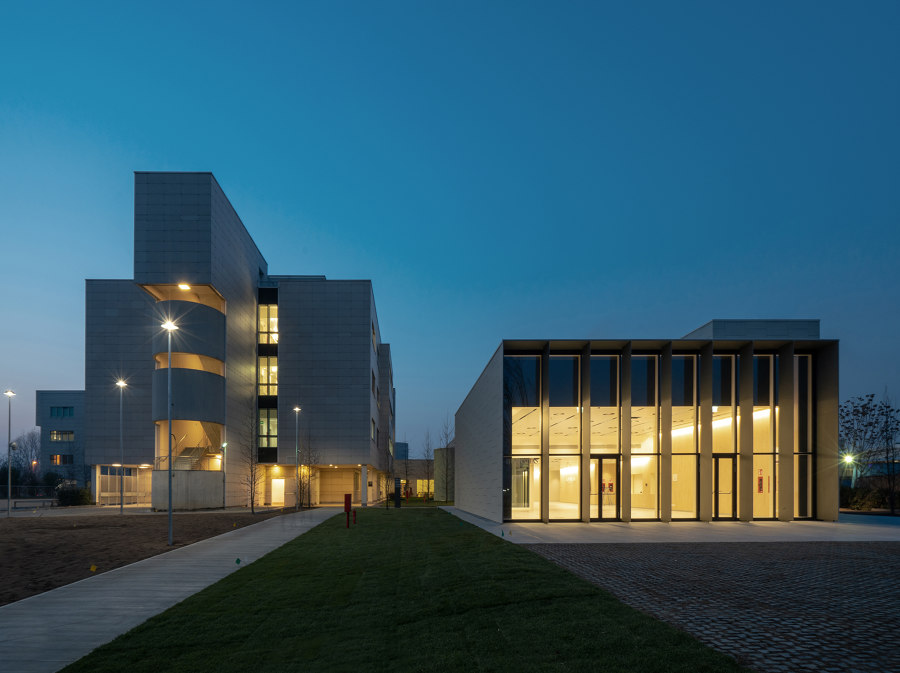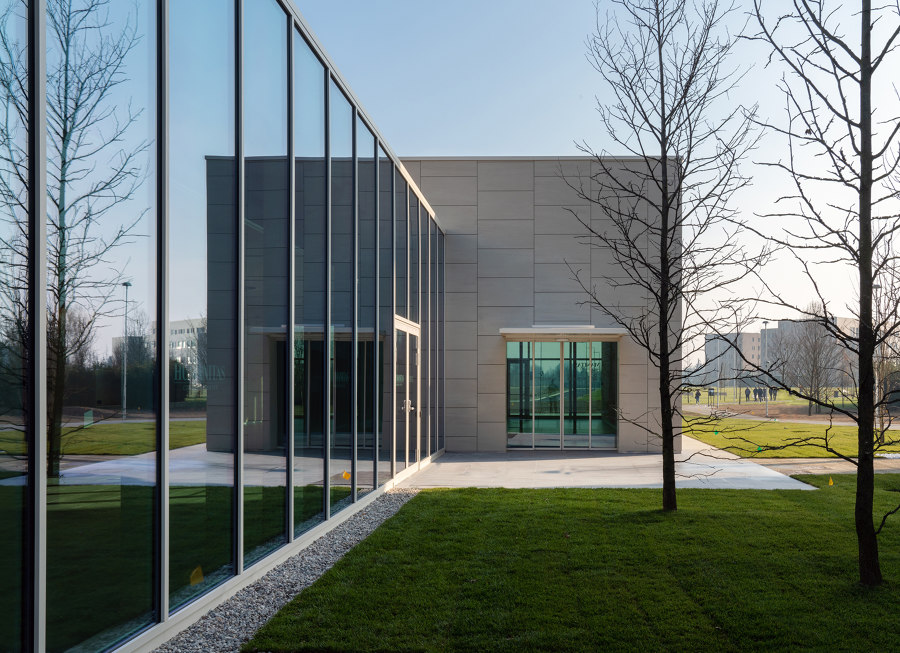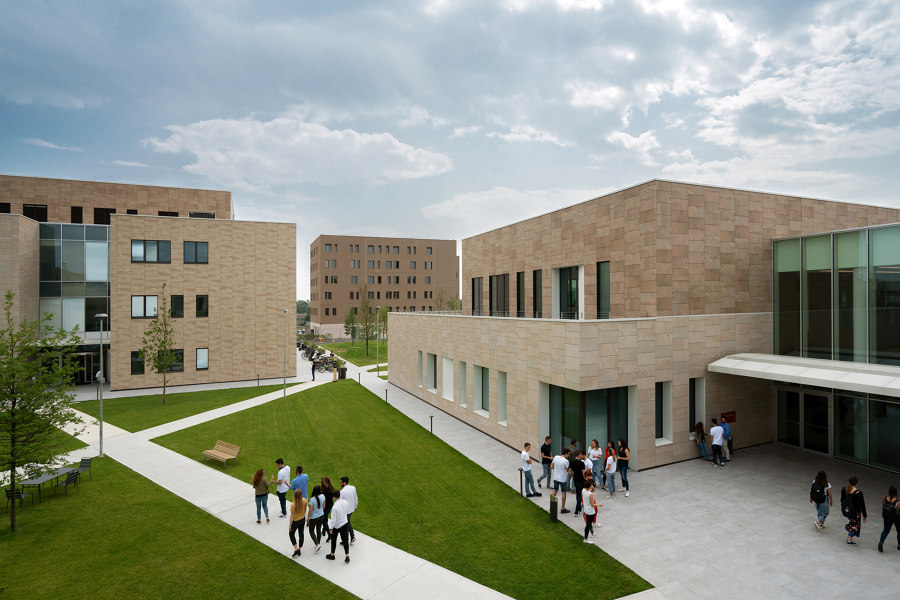The skin we’re in: Casalgrande Padana
Brand story by Simon Keane-Cowell
Casalgrande (RE), Italie
12.06.19
The 11th edition of premium Italian porcelain-stoneware manufacturer’s Grand Prix sees architectural ceramic enter a golden age.
Launched in 1990, the prestigious Casalgrande Padana Grand Prix sets out to recognise best creative and technical practice in the use of architectural ceramic
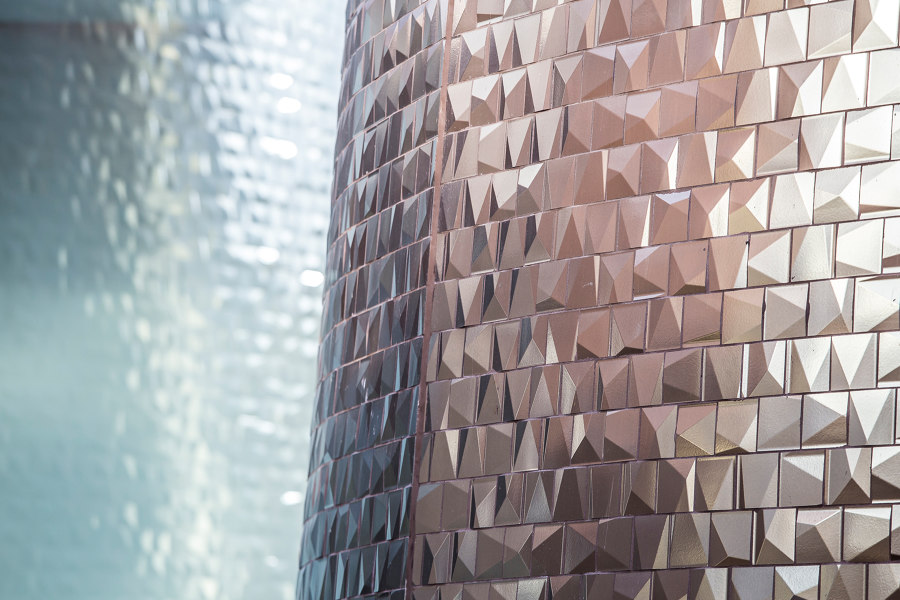
Launched in 1990, the prestigious Casalgrande Padana Grand Prix sets out to recognise best creative and technical practice in the use of architectural ceramic
דEverything gets old,” says Franco Manfredini. “Even us. But not ceramic.”
This might seem to be a statement of the obvious, but Manfredini, as founder and long-term president of premium porcelain-stoneware manufacturer Casalgrande Padana, has earned his stripes over many decades in business. So when he talks shop, you take it as gospel. What the man doesn’t know about ceramic for architectural and interior-architectural application isn’t, frankly, worth knowing.
While sitting in the audience in Rome’s Casa dell’Architettura recently, listening to the spritely 79-year-old’s address as part of Casalgrande Padana’s Grand Prix ceremony – the brand’s prestigious awards scheme that recognises the creative use of ceramic in architecture and its contribution to design culture – his words struck me as supremely fitting. Here we were in the Eternal City, engaging with a material that has something of the eternal about it, having first been fired millennia ago.
This year’s Grand Prix ceremony – the culmination of the awards scheme’s 11th edition – was held in the architecturally inspiring surroundings of Rome’s landmark Acquario Romano, home to the Casa dell’Architettura

This year’s Grand Prix ceremony – the culmination of the awards scheme’s 11th edition – was held in the architecturally inspiring surroundings of Rome’s landmark Acquario Romano, home to the Casa dell’Architettura
×All materials go through periods of being more or less en vogue. If ever there were a time for porcelain stoneware, however, it would be now. Natural, sustainable, hygienic, robust and high-performing, it checks a lot of boxes. Which is why the international jury of architects and design journalists tasked with evaluating the entries for this year’s Grand Prix – founded in 1990 and now it its 11th edition – certainly had their work cut out.
Ranging across four main categories – large-scale shopping centres and offices, public and industrial buildings, residential architecture, and facades and exterior flooring, the projects submitted for judging “brought it”, as the kids say. While diverse in terms of typology and programme, they each demonstrated just how applicable, flexible and value-adding ceramic can be. More than just a pretty architectural face.
Three-dimensional ceramic elements applied to the exteriors of architect Alfonso Femia’s exhibitions complex in Parma, Italy, and to a housing development in Asnières-sur-Seine, France, serve to harness light as an intangible building element
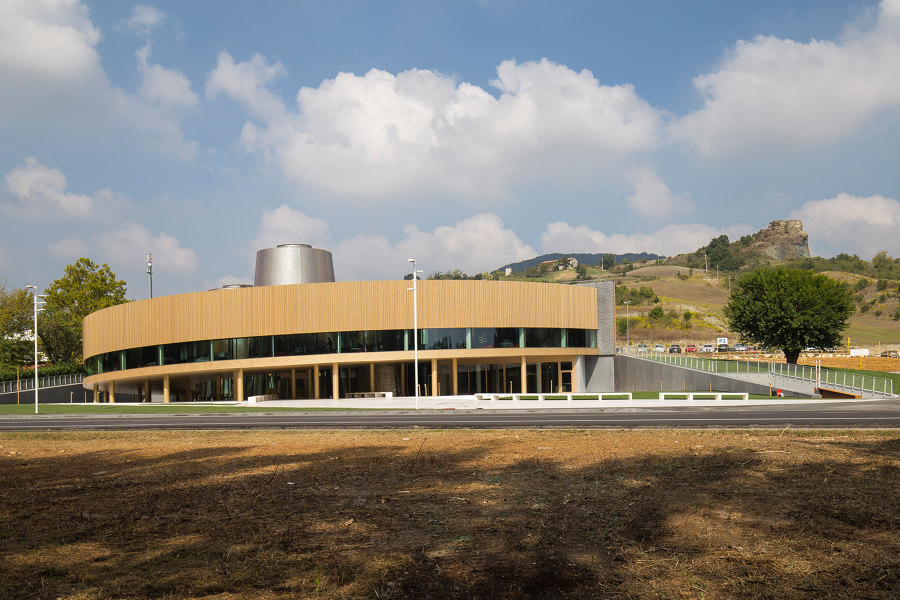
Three-dimensional ceramic elements applied to the exteriors of architect Alfonso Femia’s exhibitions complex in Parma, Italy, and to a housing development in Asnières-sur-Seine, France, serve to harness light as an intangible building element
דCeramic was the first material to be used by humans to create objects,” says Alfonso Femia of Genoa-, Milan- and Paris-based architectural office Atelier(s) Alfonso Femia. “A poor but authentic material, it belongs to the earth. But it’s a generous material that reacts to time over time.” Scooping first prize in the facade-cladding category, his striking Dallara Complex for Exhibitions and Education in Parma, Italy, and Gardens of Gabriel housing development in Asnières-sur-Seine, France, both feature an emphatic, celebratory deployment of three-dimensional ceramic elements on the exteriors to create, as the architect describes it, “a reaction to light in an always different and magical way”.
The highly photogenic, emphatically cantilevered swimming pool, designed by NOA architects as part of their extension of the Hotel Hubertus in South Tyrol, is clad with Casalgrande Padana ceramic, forming a dialogue with the project’s natural surroundings
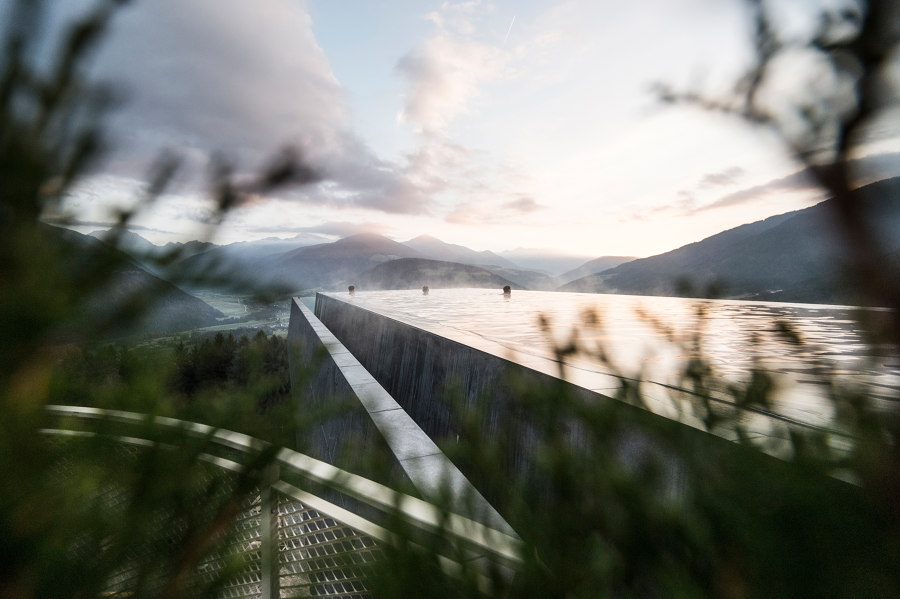
The highly photogenic, emphatically cantilevered swimming pool, designed by NOA architects as part of their extension of the Hotel Hubertus in South Tyrol, is clad with Casalgrande Padana ceramic, forming a dialogue with the project’s natural surroundings
×In these highly mediatised times of ours, there are certain architectural projects that manage to become instant icons, enjoying extensive coverage globally. One such project is Italian practice NOA’s cantilevered swimming pool, replete with glass bottom, designed as part of its extension to the Hotel Hubertus in mountainous region of South Tyrol. At 12 metres above ground, giving guests that all-important infinity vista, the 25-metre structure was conceived of as a dialogue partner to its geographical context. The Grand Prix jury recognised it with a first prize in the public and industrial buildings category.
“The concept of the pool is based on the idea of a natural rock, lodged in a high-altitude landscape,” explains partner and project architect Andreas Profanter. “So, we were looking for a material that best resembled our concept – not just in terms of colour, but also in terms of its tactile surface.” Research revealed that Casalgrade Padana’s products were the best solution. Not only for this particular project, but generally. “Ceramic materials give us the possibility of choosing from a vast variety of different surface structures, depending on the message and on the image we want to communicate."
Pori, Finland, is home to Birgitta Hjelm-Luontola’s LuxLine project, where matte and shiny ceramic finishes serve to create a play of reflections, while underscoring the highly rational architecture of the residential space
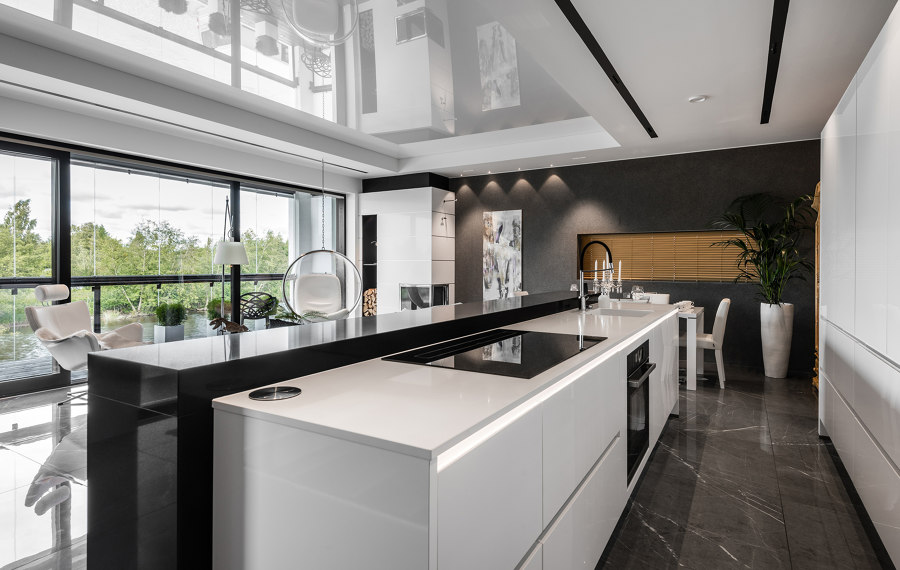
Pori, Finland, is home to Birgitta Hjelm-Luontola’s LuxLine project, where matte and shiny ceramic finishes serve to create a play of reflections, while underscoring the highly rational architecture of the residential space
×Filippo Taidelli, meanwhiles, goes as far as to describe ceramic as a “new creative tool”. Lifting first prize in the Grand Prix’s large-scale shopping and office category for his Humanitas Congress Center and University Campus, the Milan-based architect specified Casalgrande Padana to create ventilated facades across the entire complex, playing optically and dynamically with difference (via differently coloured building volumes) and sameness (with a common surface texture).
Architect Filippo Taidelli specified Casalgrande Padana for his Humanitas Congress Center and University Campus to create ventilated facades across the entire landscape, unifying the differently hued volumes via a common surface texture
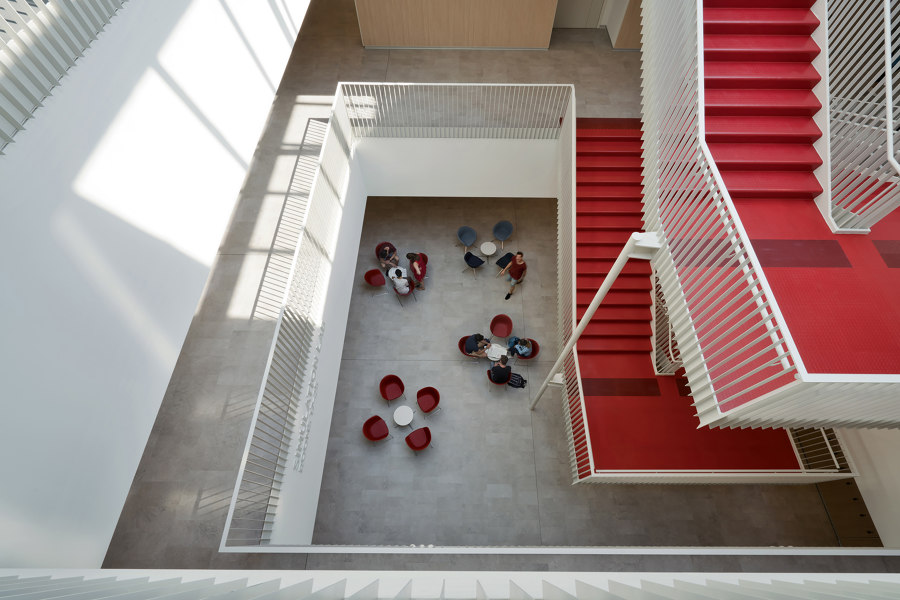
Architect Filippo Taidelli specified Casalgrande Padana for his Humanitas Congress Center and University Campus to create ventilated facades across the entire landscape, unifying the differently hued volumes via a common surface texture
×But there’s more at stake here for Taidelli. “Ceramic nowadays doesn’t possess a mimetic property, copying natural stone or concrete. It also increases maintainability of the surface (self-cleaning, implemented strength and so on), and achieves, thanks to his toughness and slenderness, combined with a flexible sub-structure, amazing effects when it comes to shapes, surface dimension and lightness.”
When it comes to architectural ceramic, beauty is more than skin deep.
© Architonic




